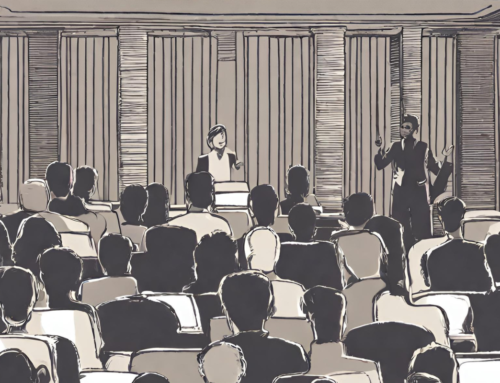Everything significant in communication between people happens in personal or intimate space. That’s the most important thing to remember about connection. But there’s more. There has been a historical change in this regard with the advent of television. What was once social or public between people now is personal. In other words, seeing newscasters, celebrities, and politicians in our living rooms and bedrooms for all these years has created an expectation that we can have personal conversations with everyone who matters to us.
The head-and-shoulders framing of people on TV gives the appearance of that personal space closeness to us, and we’ve gotten used to it. Your goal as a communicator is to make sure of a couple of things. First, you’re in the personal space of the person you’re communicating with when you’re saying the most important things, asking for what you really want, or closing the sale. Second, whenever you’re attempting to communicate with someone, you’re closing the distance between you rather than increasing it.
I see people move away from audiences all the time when they’re giving a speech for reasons of nerves, or self-protection, or something else. The result is that the second conversation says to the audience, “This is not important; you don’t need to pay attention,” even while the poor speaker is trying to make some point he or she believes is important.
In this instance, then, the two conversations are not supporting one another, and the audience believes the second every time. So to connect nonverbally, you need to move toward people and use the four zones of space to make it personal.
When you want to cool the relationship down or punctuate your communication, say, by signaling that you’re changing the subject, you can move away at that point. That move will demonstrate more eloquently than anything you can say that a change has happened.








Nick,
Great post. One additional point to add – if you do travel into you audience, you need to be very aware that some people will now no longer be able to see your front side. This means that you can’t stay “in” the audience. Instead you need to go in, pause, and then come right back out again.
– Dr. Jim Anderson
http://www.TheAccidentalCommunicator.com/
The Accidental Communicator Blog
d”Learn How To intimately connect with your audience in order to make an lasting impact in their lives.”